What IT Infrastructure You Need for 10–50 Employees (2025 Guide)
As your business grows past the 10-employee mark, ad hoc IT setups no longer cut it.
You're likely dealing with more data, more devices, more users, and more risk.
Whether you’re a fast-growing startup, a professional services firm, or a logistics company scaling up, it’s time to invest in structured, secure, and scalable IT infrastructure.
In this guide, we’ll break down exactly what IT infrastructure you need for a 10–50 employee business, covering:
Network & internet setup
Cybersecurity essentials
Cloud & collaboration tools
Device & access management
Support systems
Budget benchmarks
Why Infrastructure Matters as You Scale
When you have 3–5 people, shared logins and personal laptops might be fine. At 10–50 people? That approach becomes a security risk and a productivity killer.
Key challenges at this stage:
Data security and access control
Network performance and reliability
IT support needs
Preparing for future growth
The 6 Core Pillars of IT Infrastructure (for 10–50 Employees)
Let’s break it down by area:
1. Network & Internet Setup
Goal: Fast, reliable, and secure connectivity for all users
What You Need:
Business-grade broadband (500 Mbps – 1 Gbps)
Firewall with threat protection (e.g., Fortinet, Cisco Meraki, Sophos)
Managed switches for wired Ethernet
Wi-Fi 6 access points (1 AP per ~15 users for full coverage)
Guest VLAN and staff VLAN segmentation
📌 Tip: For offices with more than one floor or poor cabling, consider mesh Wi-Fi systems with enterprise controllers.
💰 Estimated Cost: $8,000–$20,000 one-time setup + $100/month for ISP
2. Cybersecurity & Data Protection
Goal: Prevent breaches, ensure compliance (e.g., PDPA), and build customer trust
Must-Haves:
Endpoint protection/EDR (e.g., Bitdefender, CrowdStrike, SentinelOne)
Multi-factor authentication (MFA) for all logins
Email security & anti-phishing filters
Data backup & disaster recovery (both cloud and local)
Basic incident response plan (IRP)
Encrypted file storage (Google Workspace, SharePoint, Dropbox Business)
📘 Compliance tip: If handling personal or client data, align with Cyber Essentials or PDPA guidelines in Singapore.
💰 Estimated Annual Cost: $3,000–$10,000, depending on software choices
3. Devices & Endpoint Management
Goal: Ensure consistent performance, secure access, and easy troubleshooting
Recommended Setup:
Business-grade laptops/desktops (e.g., Lenovo ThinkPad, Dell Latitude)
Standard OS (Windows 11 Pro or macOS with MDM compatibility)
Device management via Intune, Jamf, or Kandji
Device encryption (BitLocker, FileVault)
Regular patch management and RMM tools
🎯 Standardizing device types simplifies maintenance, licensing, and support.
💰 Estimated Cost:
$2,000–$3,500 per user (hardware + accessories)
$15–$30/user/month for endpoint tools
4. Cloud Platforms & Collaboration Tools
Goal: Centralize file access, boost team collaboration, and support remote/hybrid work
Optional Tools:
Password managers (LastPass, 1Password, Bitwarden)
CRM (HubSpot, Zoho, Pipedrive)
💰 Estimated SaaS Cost: $20–$80/user/month, depending on stack
5. Ticketing & IT Support
Goal: Maintain uptime, track issues, and support growing user demands
Options:
In-house IT person (typically starts at 30+ employees)
Managed IT Service Provider (MSP) – scalable and cost-effective
Helpdesk software (Freshservice, Zoho Desk, Jira Service Management)
Helpdesk Features to Include:
Email-to-ticket automation
SLA tracking
Asset inventory integration
Mobile access for IT support staff
💡 Hybrid model: Use outsourced helpdesk + part-time internal IT coordinator.
💰 Cost Range: $1,000–$5,000/month depending on provider and coverage
6. Policies, Access Control & Compliance
Goal: Ensure security, legal compliance, and internal accountability
Must-Have IT Policies:
Acceptable Use Policy (AUP)
BYOD (Bring Your Own Device) Policy
Remote Work & Access Policy
Password Management Policy
Incident Reporting Policy
Access Control Practices:
Role-based access (RBAC)
SSO (Single Sign-On) using tools like Okta or Azure AD
Audit logs and permissions reviews
📥 Download ready-to-use templates from CSA’s SME Cybersecurity Toolkit.
💰 Estimated Cost: $0–$5,000 (consultant or compliance support)
Total 1st-Year Cost: SGD $120,000–$170,000
Note: Costs reduce in subsequent years due to one-time infrastructure expenses.
Final Thoughts: Build Once, Scale Smoothly
A structured IT infrastructure doesn’t just reduce tech issues it empowers your team to work smarter and scale faster.
At the 10–50 employee stage, it's critical to:
Invest in foundational systems (network, security, cloud tools)
Standardize devices and support operations
Get ahead on compliance and access control
Choose scalable tools that grow with you
Need Help Building or Auditing Your IT Infrastructure?
We help Singapore-based SMEs design and deploy scalable IT environments tailored to team size, industry, and compliance requirements.
👉 Book a Free IT Infrastructure Consultation
Related Posts
Optimize Your IT Infrastructure with These Key Strategies (Read more)
How to Build Scalable IT Infrastructure for Growing Businesses (Read more)
Effective Strategies for Setting Up IT Infrastructure for New Employees (Read more)
The Complete Guide to Managed Service Providers (MSPs): How They Benefit SMBs and SMEs (Read more)
How Leveraging IT Services Can Help Reduce Operational Costs in 2025 (Read more)
What is the Difference Between Managed IT Support Services and Traditional IT Support? (Read more)



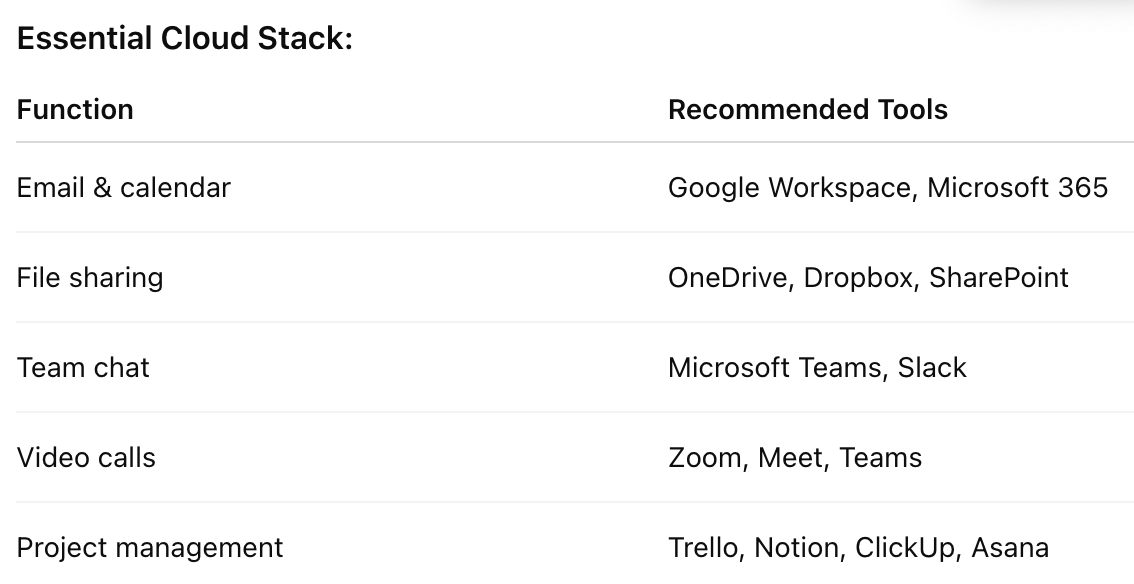
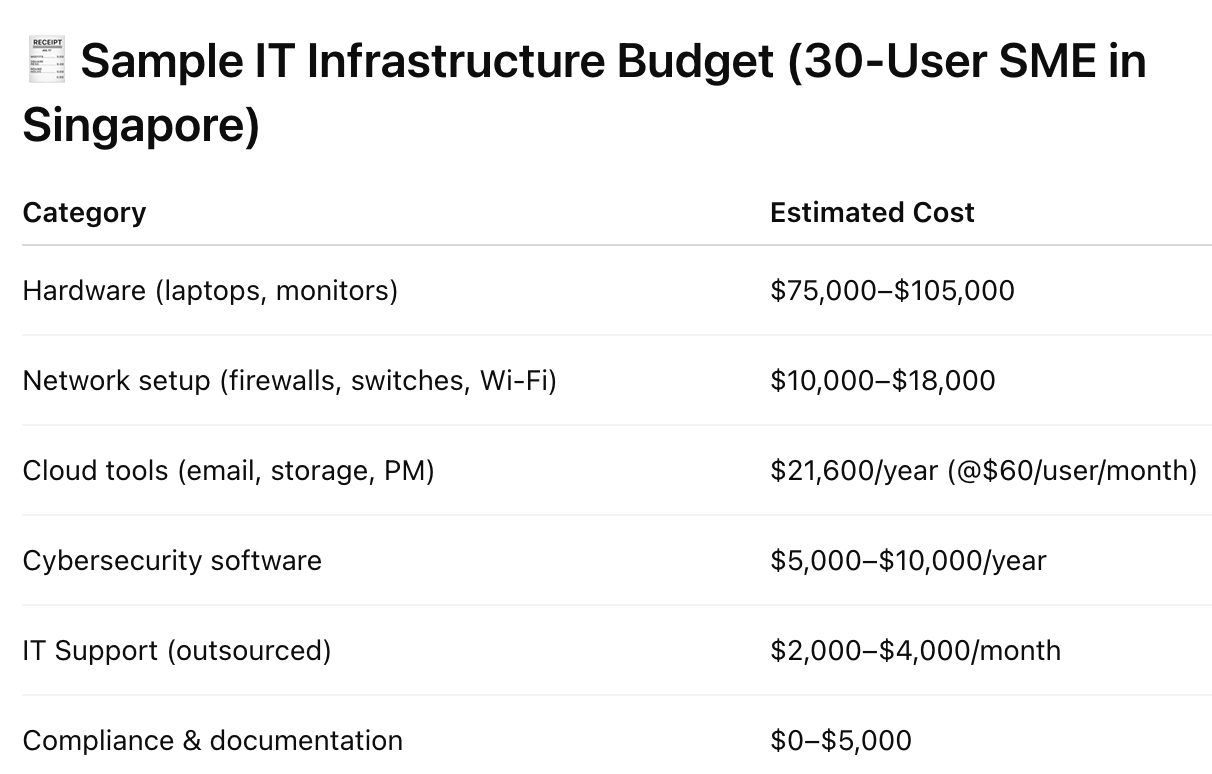
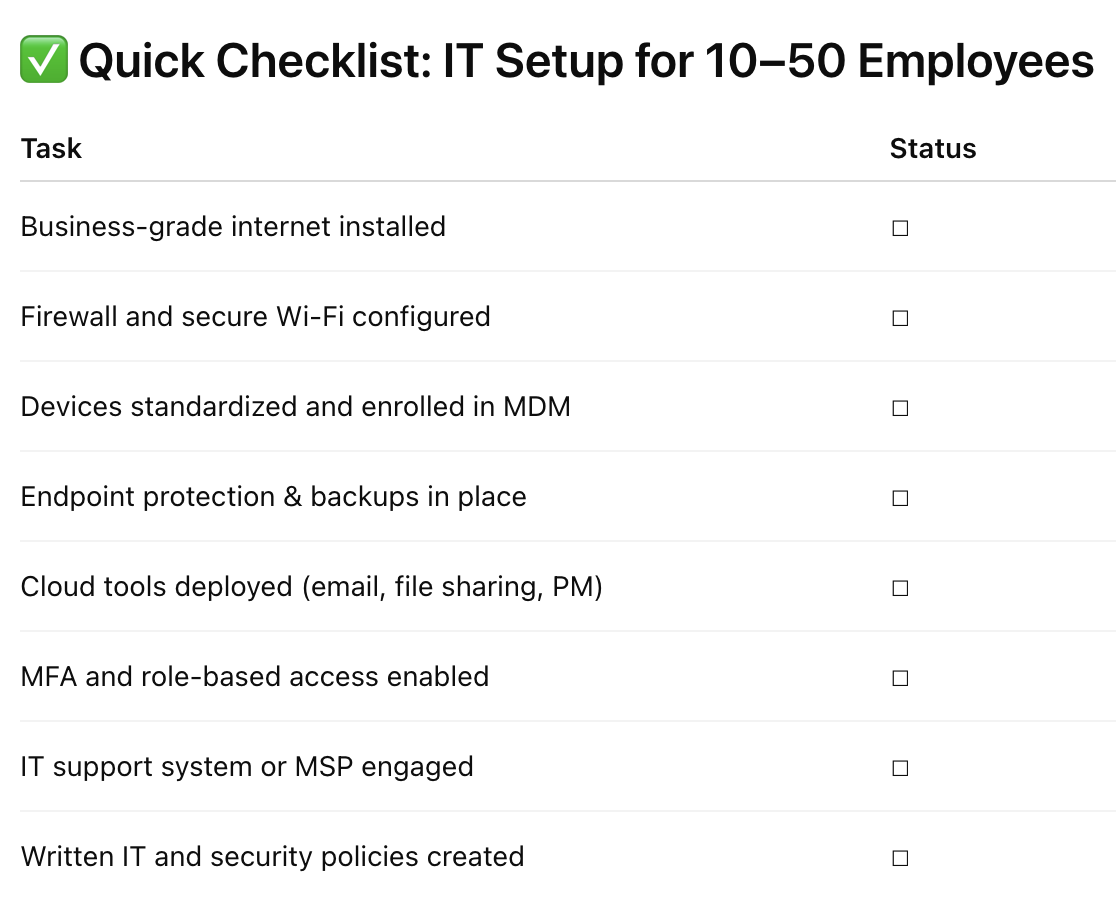






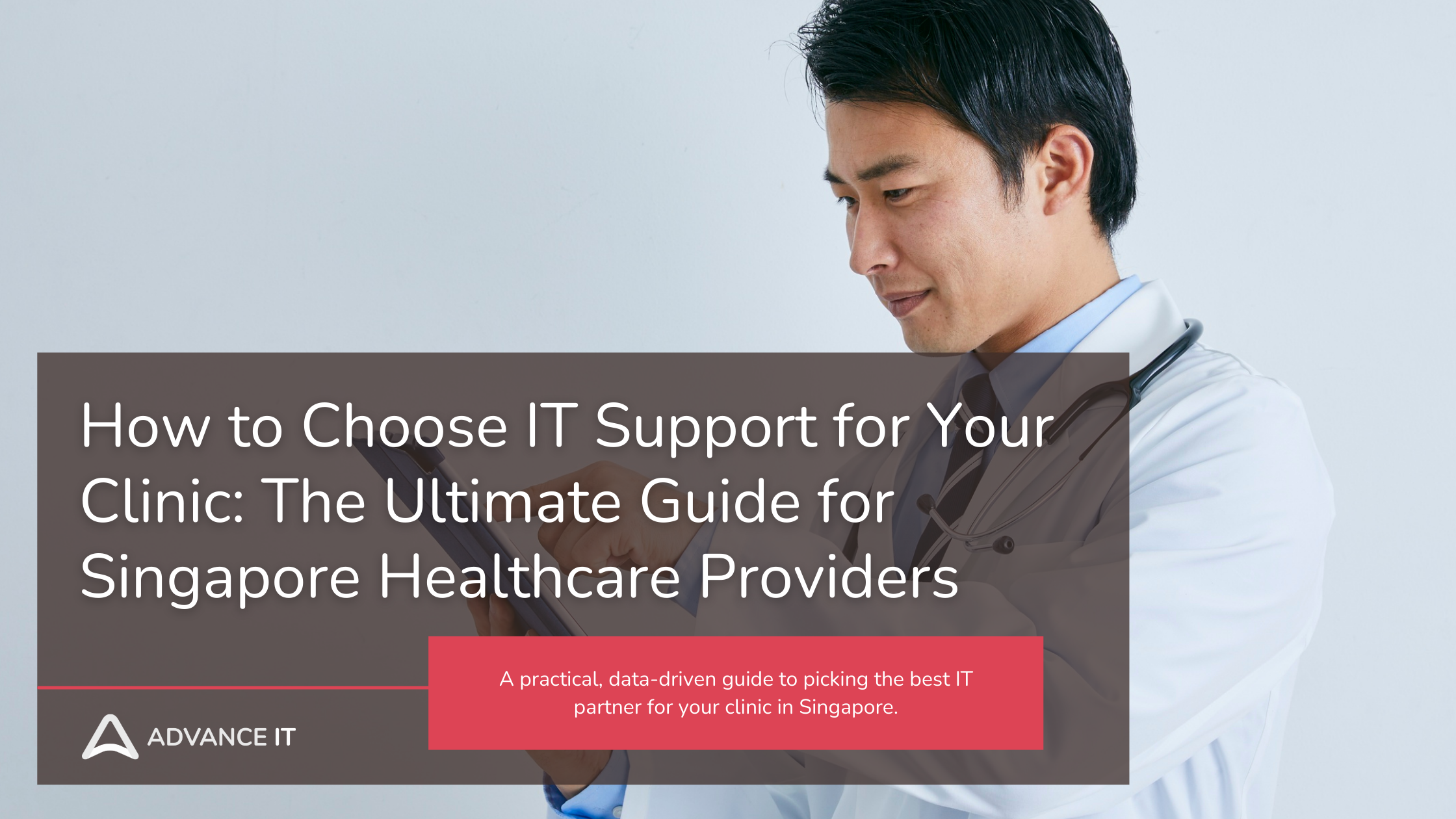
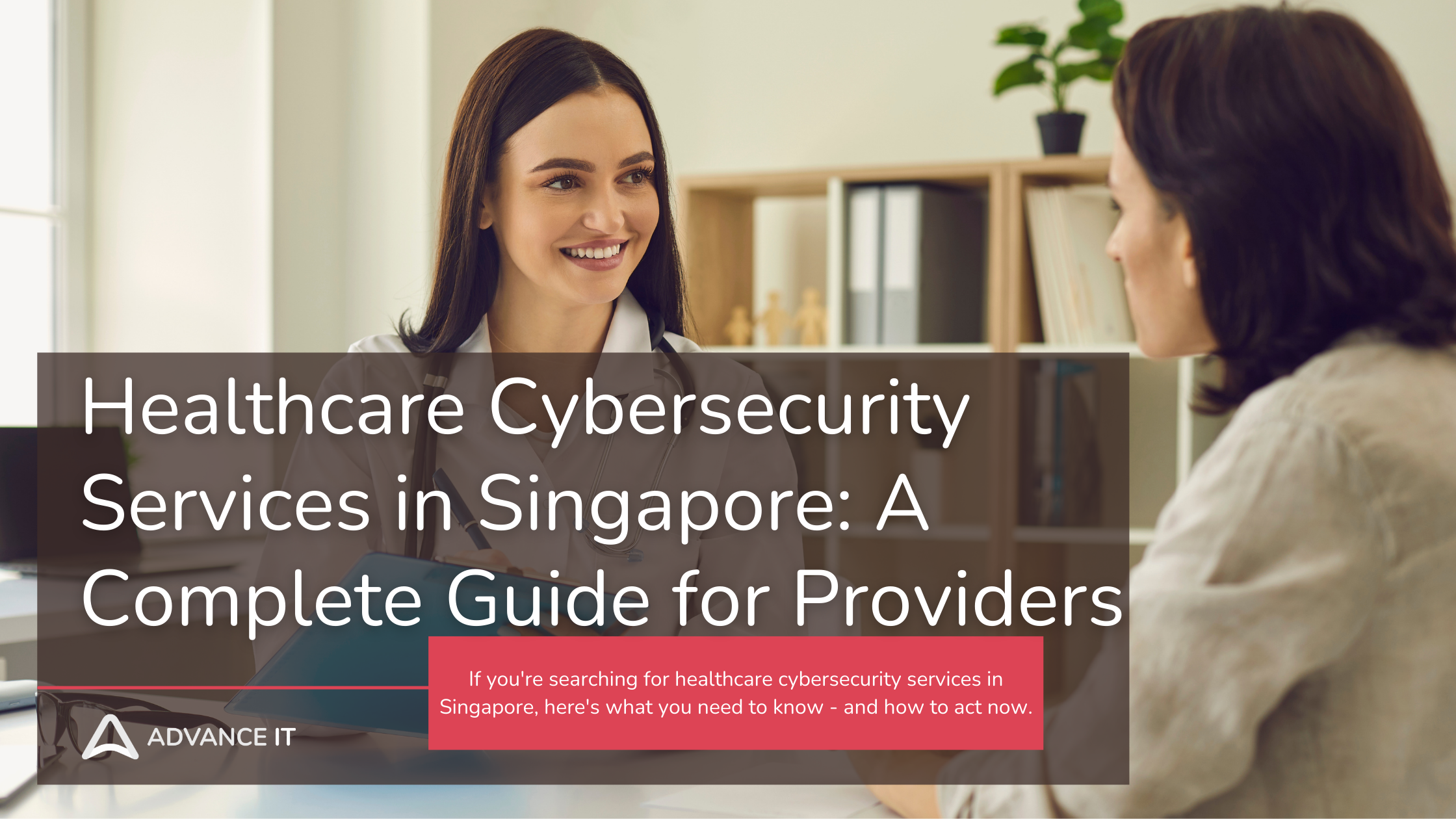



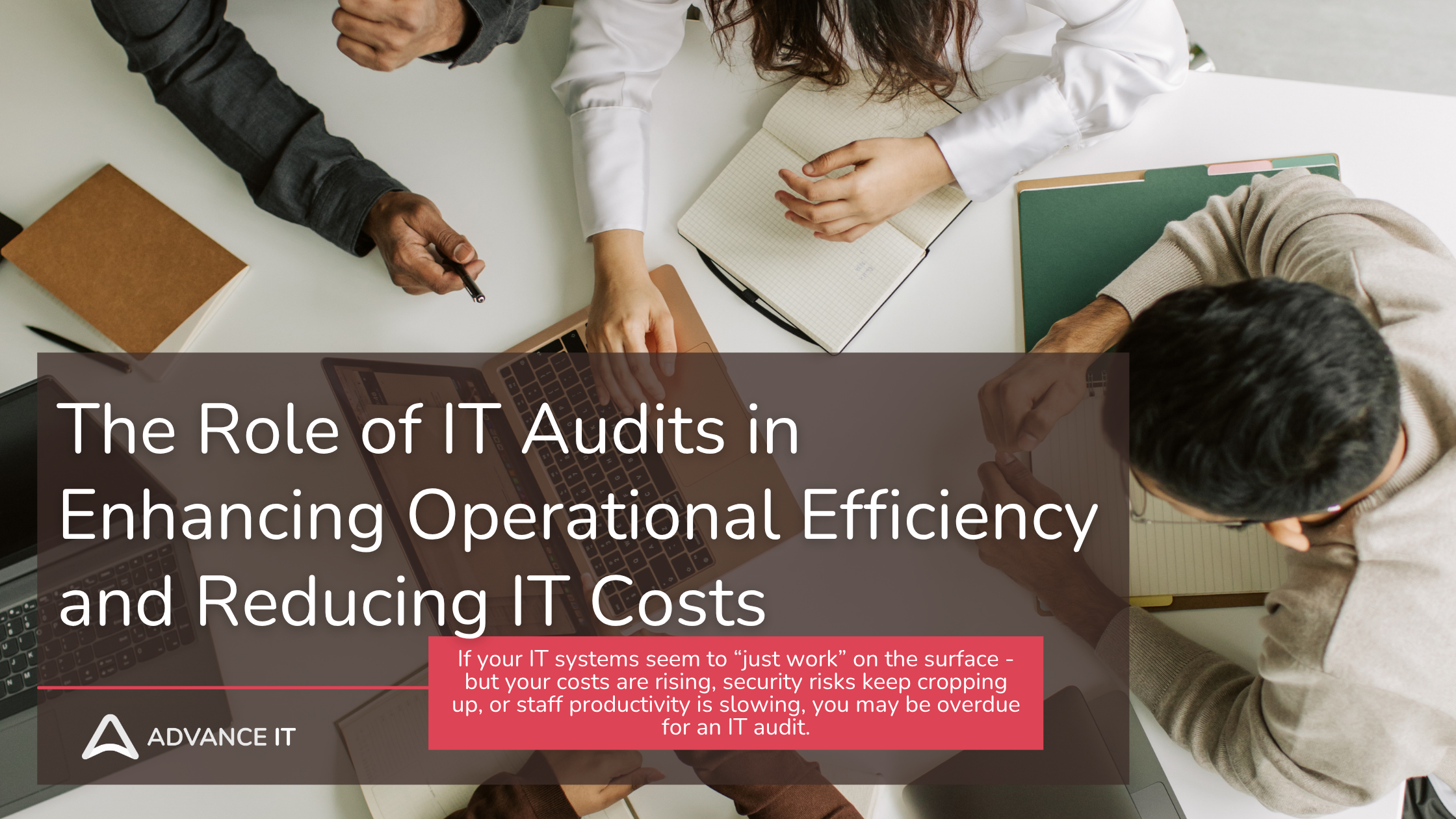
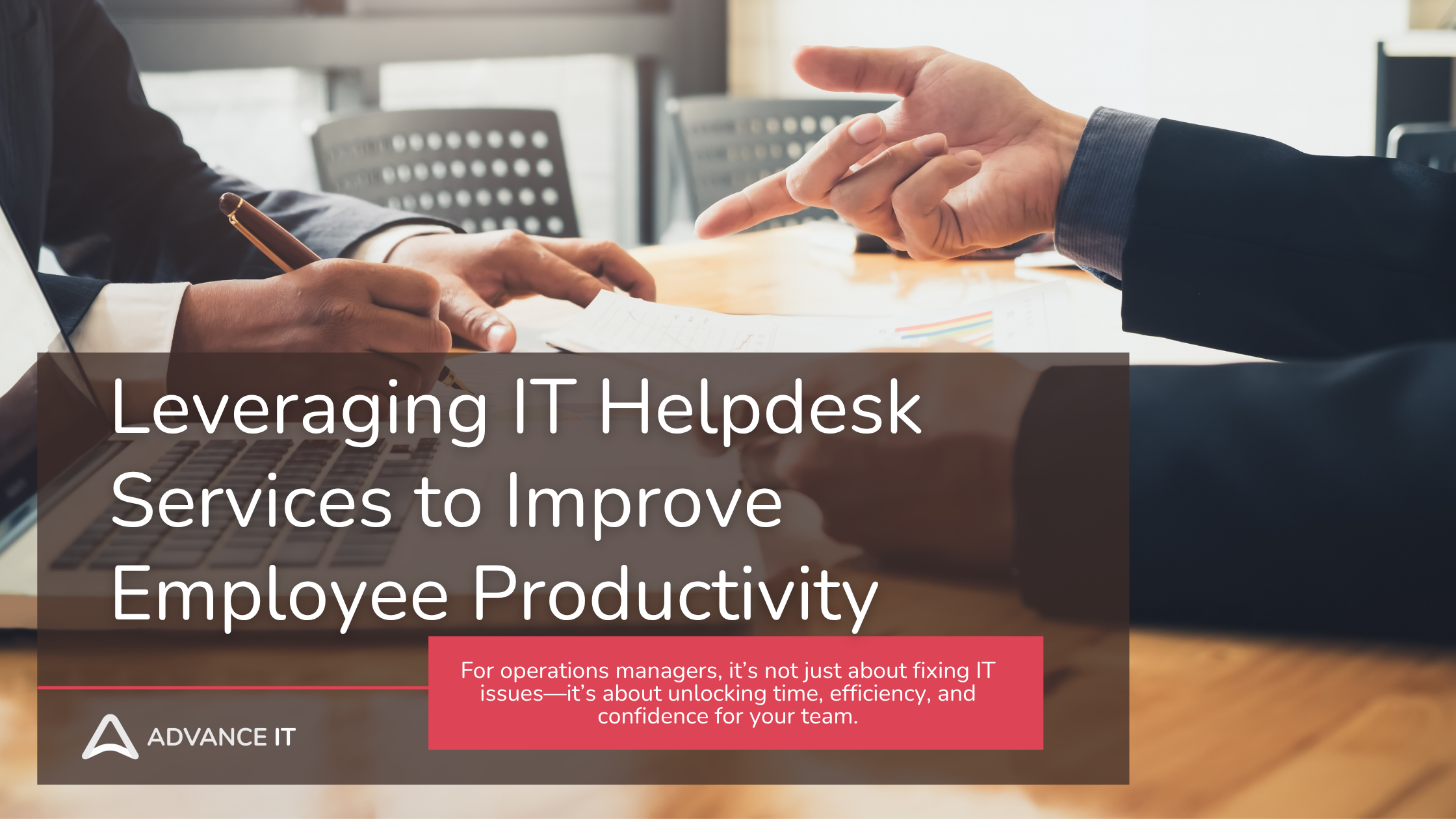
How can you be sure your data, and your patients' trust, are protected?
Let’s break down how encrypted cloud storage works, how to choose a compliant provider in Singapore, and what steps to take to secure your records today.